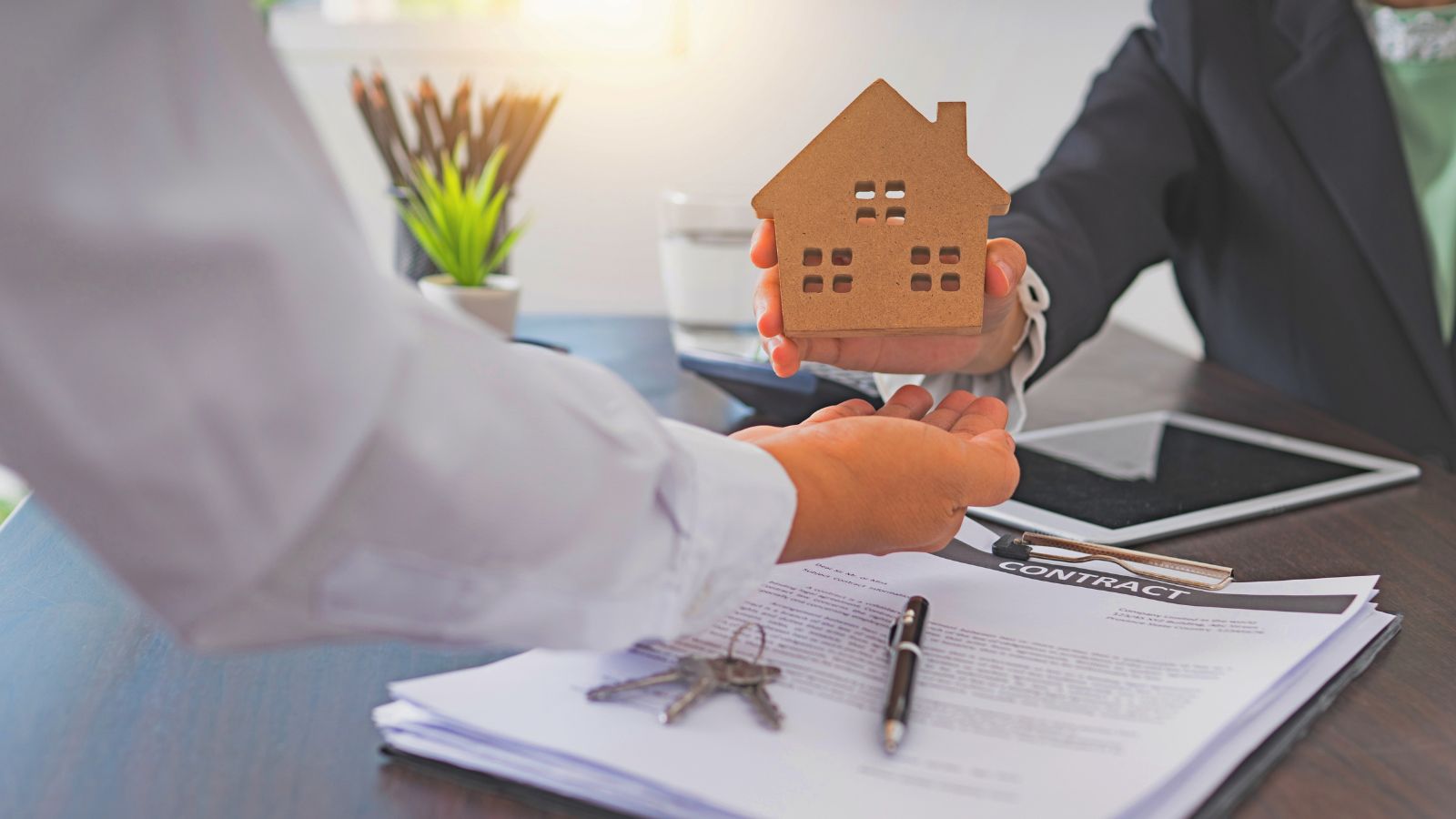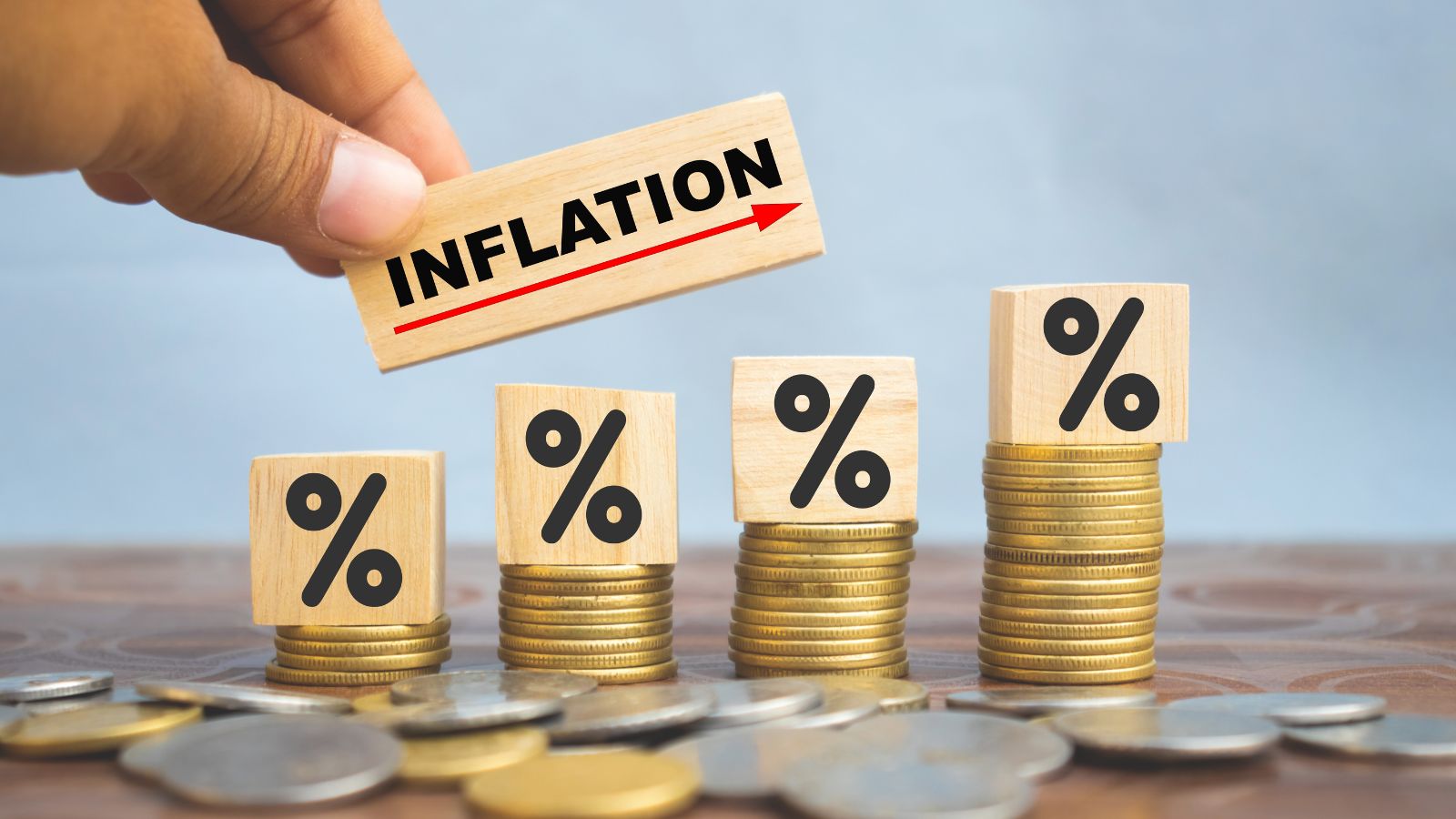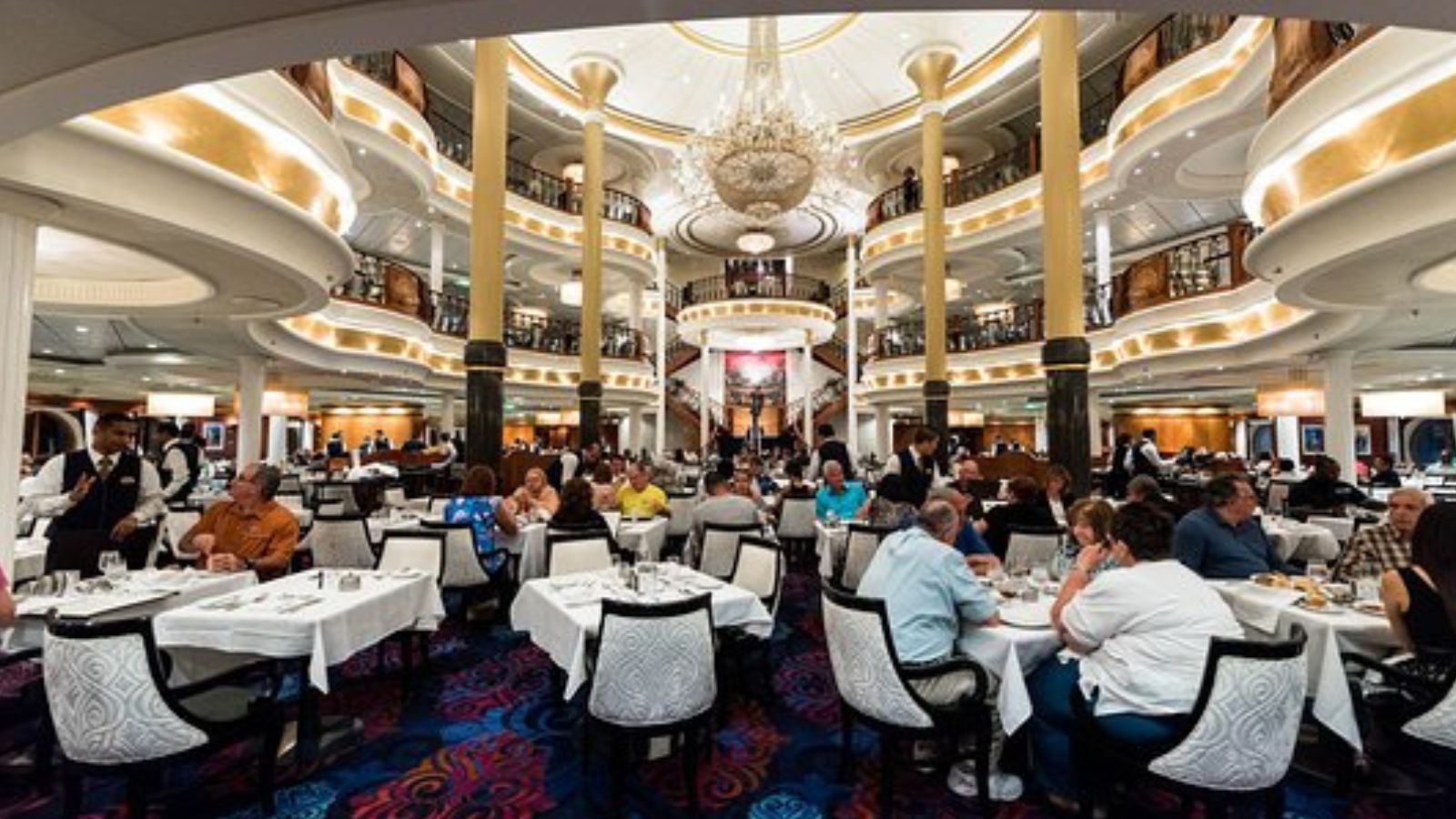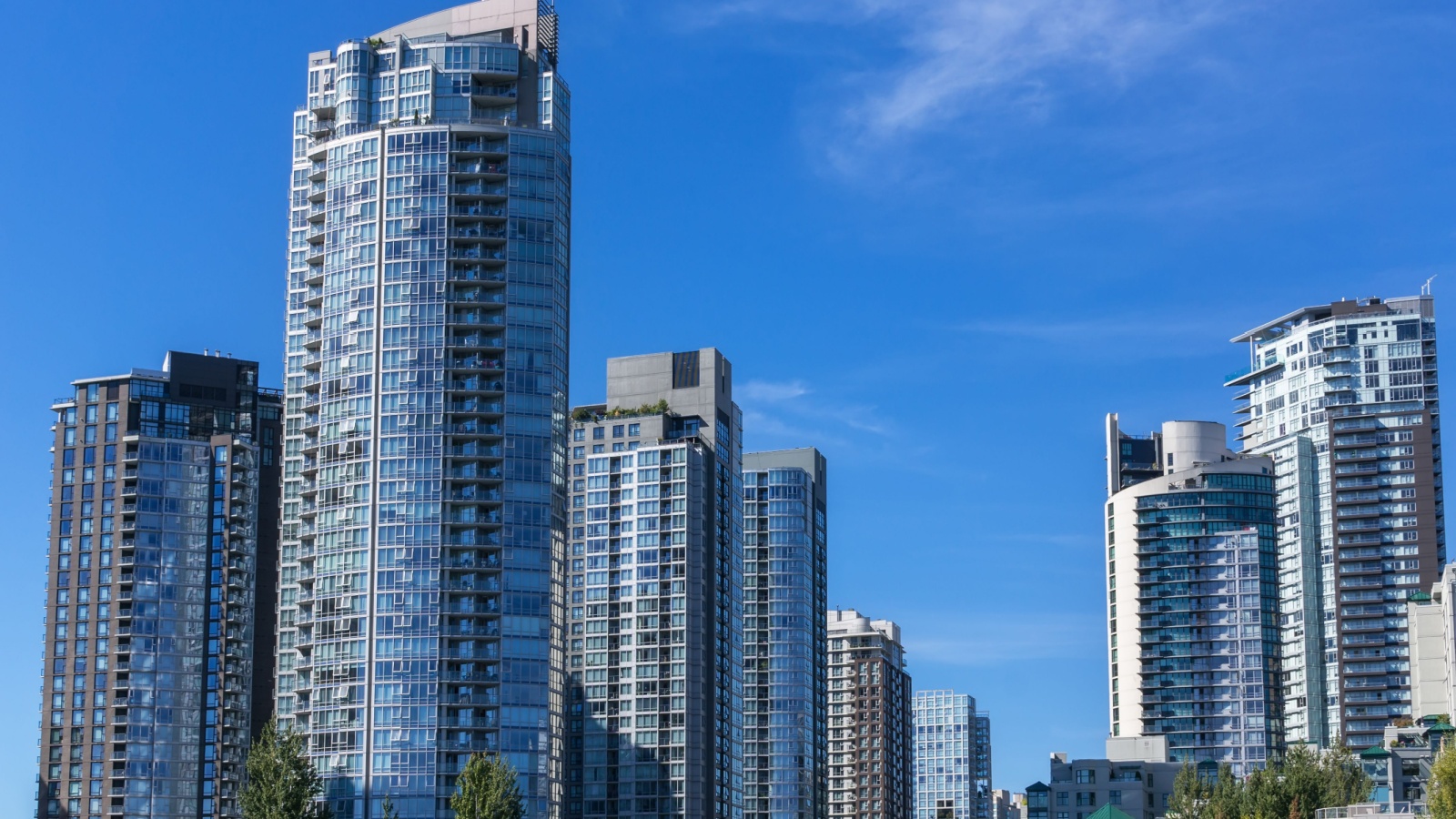In recent years, the definition of being “upper class” in Canada has shifted dramatically. Rising costs of living, soaring housing prices, and inflation have redrawn the line between middle and upper tiers of income. While decades ago a six-figure salary was considered an achievement that set someone firmly in the upper bracket, today it often just covers essentials in major cities. Here are 17 factors that define the new upper class in Canada.
Housing Costs as the Main Divider

Homeownership remains the clearest marker of class status. In cities like Toronto and Vancouver, detached homes often exceed $1.5 million, meaning only households with strong incomes or generational wealth can realistically buy. Monthly mortgage payments on such properties rival or exceed $6,000, demanding well above-average earnings. Renters with six-figure incomes may still struggle to feel “upper class” when so much of their income vanishes into housing. True upper-class households manage not just to afford a property, but to live in desirable neighborhoods without financial strain.
The Role of Dual Incomes

A single income, even in six figures, may no longer cut it. For many families, the modern upper-class standard rests on two professionals bringing in high salaries. A combined income of $250,000–$300,000 places a household well above the national median, allowing greater flexibility in lifestyle choices. Dual earners can better handle high mortgage costs, private schooling, and investments. Without both partners contributing substantially, maintaining upper-class expectations in expensive regions is far more challenging, which is why this model dominates modern definitions of the new elite.
Inflation’s Quiet Impact

The surge in inflation has quietly eaten into purchasing power, making upper-class aspirations harder to sustain. Groceries, transportation, and utilities have all spiked in cost. Families who once lived comfortably on $150,000 annually may now find themselves stretched. What was once a luxury budget now feels like middle-class survival. To maintain upper-class standing, incomes must outpace inflation, often requiring households to earn significantly more than they did even five years ago. Inflation doesn’t just impact luxuries; it forces adjustments in day-to-day living, reshaping who can claim upper-class status.
Housing Market Regional Gaps

Regional differences create varying thresholds for upper-class entry. In Alberta or the Atlantic provinces, household incomes of $150,000 can stretch comfortably into upper-class territory, covering homeownership and a robust lifestyle. In contrast, in British Columbia or Ontario’s major cities, that figure often barely scratches the surface. The “upper class” in one region is the middle class in another, highlighting how uneven Canada’s economy has become. True nationwide comparisons must take these disparities into account, as the income bar shifts drastically by geography.
Net Worth Beyond Salary

Income is only one side of the equation. Net worth, including investments, home equity, and savings, increasingly defines the new upper class. A household earning $200,000 annually but carrying massive debt may struggle to feel secure, while another earning less but holding assets of $2 million enjoys stability. Canadians who’ve leveraged real estate growth or invested wisely in markets often find themselves more firmly in upper-class status than those with high salaries but few assets. Wealth accumulation and preservation matter just as much as paychecks.
The Rising Cost of Education

Access to private schooling, extracurricular programs, or post-secondary education funding often separates upper-class households. Tuition at private schools can run $20,000–$40,000 per child annually, while university savings require tens of thousands in RESP contributions. Only those with significant disposable income can consistently afford these expenses without major sacrifices. Families managing to cover education while still investing and maintaining lifestyle flexibility often fall into the new upper-class definition. Education remains both a status marker and a future-oriented investment, shaping generational upward mobility.
Travel and Leisure as Indicators

Frequent international travel and high-end leisure activities are benchmarks of modern upper-class living. Canadians who can comfortably budget for multiple vacations annually, often to destinations outside North America, set themselves apart financially. These households can afford not just the trip itself but also related costs such as upgraded accommodations, business-class flights, and flexible scheduling. For middle-income earners, such trips require savings and sacrifice. The ability to integrate travel seamlessly into one’s lifestyle signals income levels well above the national median.
Healthcare and Wellness Spending

While healthcare in Canada is largely public, the upper class distinguishes itself through access to premium services. Private clinics, alternative therapies, personal trainers, and wellness retreats all add up. These services are rarely covered by provincial plans, leaving only higher-income households able to afford them consistently. Regular spending on health beyond the basics, dental care upgrades, mental health therapy, or elective procedures signals entry into an income tier where well-being becomes a lifestyle choice rather than a financial challenge.
Retirement Security as a Marker

True upper-class standing isn’t just about current comfort but future assurance. Retirement savings require significant contributions, especially with Canadians living longer. To maintain an upper-class lifestyle after leaving the workforce, households often need investment portfolios exceeding $1 million. Those contributing aggressively to RRSPs, TFSAs, or pensions while also maintaining present luxuries highlight the stability of this bracket. Without strong retirement planning, today’s income might mask vulnerabilities that prevent long-term upper-class security. Wealth preservation across decades is a defining feature.
Vehicle Choices and Ownership

Cars remain a visible status symbol. Luxury vehicles, particularly imported European brands, are hallmarks of upper-class living. Leasing or owning multiple vehicles, such as an SUV for family use and a luxury sedan for commuting, further signals financial flexibility. Beyond initial purchase, insurance, maintenance, and fuel costs can be steep, demanding incomes that comfortably absorb these extras. For many, choosing premium vehicles represents not just transportation but a lifestyle upgrade. The capacity to afford them without disrupting other financial goals marks a new upper-class positioning.
Dining and Entertainment Patterns

The frequency and style of dining out also draw class lines. Households with higher incomes often eat at upscale restaurants regularly, participate in wine tastings, or attend cultural performances without budget anxiety. Tickets to concerts, plays, or sporting events quickly add up, often reaching thousands annually for active patrons. Where middle-income households budget carefully for such experiences, upper-class households seamlessly integrate them into their monthly routines. Entertainment choices signal disposable income levels and influence perceptions of social standing.
Debt Levels and Management

Carrying high-interest consumer debt can undermine upper-class claims, no matter the salary. Those at the top financially typically manage debt strategically, keeping balances low or leveraging credit for rewards rather than survival. Having the means to pay off large expenses immediately or maintain low utilization reflects true financial freedom. The difference lies not in access to credit but in control over it. High salaries paired with heavy debt obligations don’t equate to upper-class security, while disciplined households often stand apart.
Investment in Real Estate Beyond Primary Homes

A growing marker of upper-class standing is owning investment properties. Vacation homes, rental condos, or commercial spaces add income streams and diversify wealth. These assets not only generate revenue but also appreciate, increasing long-term security. Managing more than one property requires substantial resources, mortgages, taxes, maintenance, and insurance, making this an option only for households earning far above average. Real estate investments differentiate those who’ve moved from mere high income to genuine wealth accumulation.
Business Ownership and Entrepreneurship

Another sign of upper-class positioning is income from entrepreneurship. Business owners often surpass salaried professionals in long-term wealth building, creating scalable earnings and equity that outpace inflation. While riskier than traditional employment, successful businesses deliver both cash flow and asset value. Entrepreneurs who reinvest profits into expansion, staff, or diversification highlight a financial model beyond wages. This independence strengthens upper-class standing, showing both earning power and influence within the economy. Ownership, rather than reliance on salaries alone, defines part of the new elite.
Charitable Giving and Social Presence

Philanthropy has become a soft indicator of class. Households consistently donating significant sums to causes or participating in high-profile fundraisers demonstrate disposable income that extends beyond personal needs. Contributions of $10,000 or more annually, along with active roles in charity boards, are common among upper-class Canadians. This visibility not only strengthens community ties but also reinforces status through generosity. Charitable involvement signals stability, the ability to give while still maintaining lifestyle comforts. It’s both a responsibility and a marker of belonging to a higher-income group.
Technology and Home Upgrades

Spending on cutting-edge technology, home renovations, and smart systems differentiates higher-income households. Top-tier appliances, custom interiors, and energy-efficient upgrades are expensive but signal both wealth and forward thinking. From full-home automation to large-scale remodels, these projects often cost six figures. The ability to pay for such enhancements without jeopardizing savings places a household clearly above average. Beyond luxury, this reflects adaptability and investment in quality living, traits strongly tied to the new definition of upper-class households.
Access to Professional Networks

Finally, class today also involves social and professional networks. High incomes often open doors to exclusive associations, private clubs, and networking opportunities. Membership fees alone can be thousands annually, limiting access to those already financially secure. These networks perpetuate advantage, offering insider investment opportunities, business partnerships, and cultural capital. Belonging to circles where influence is exchanged alongside wealth reflects more than raw income; it demonstrates integration into the structures that sustain upper-class standing over time.
21 Products Canadians Should Stockpile Before Tariffs Hit

If trade tensions escalate between Canada and the U.S., everyday essentials can suddenly disappear or skyrocket in price. Products like pantry basics and tech must-haves that depend on are deeply tied to cross-border supply chains and are likely to face various kinds of disruptions
21 Products Canadians Should Stockpile Before Tariffs Hit
